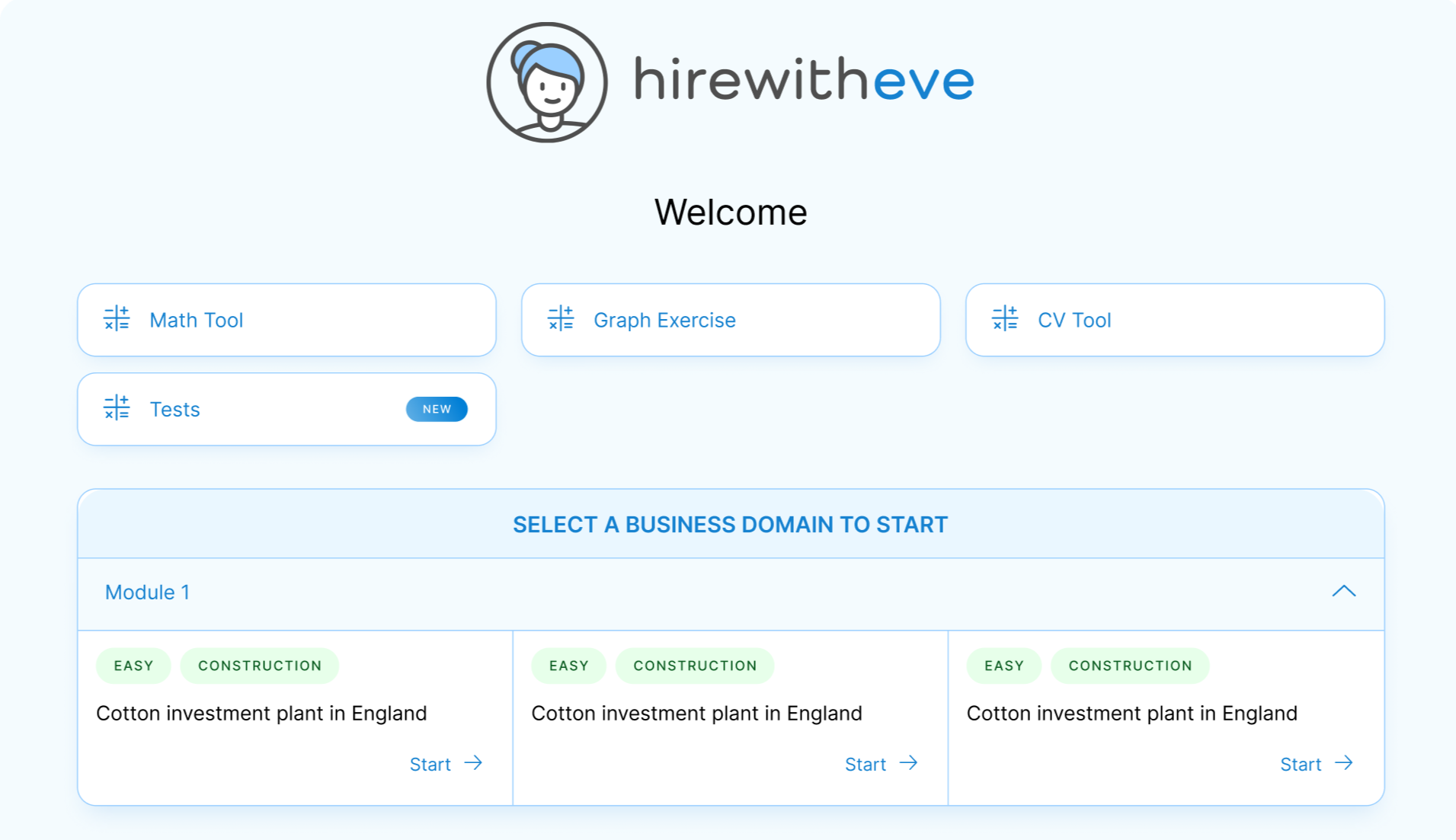Navigating the Talent Wars: Embracing Skills-Based Hiring

The Growing Demand for Skilled Professionals
By 2030, the demand for skilled professionals is projected to far exceed supply, leading to a potential financial impact in unrealized revenue globally. This skills gap poses a significant threat to businesses, especially in fast-growing industries like semiconductors. Companies that proactively address this challenge by rethinking how and where they find talented people could position themselves as leaders in driving growth and staying ahead of the curve.
The Financial Impact of the Skills Gap
The skills gap is not just a numbers game; it has real financial consequences. As industries evolve and technological advancements drive new business models, the need for skilled professionals intensifies. Companies that fail to adapt to this new reality may find themselves at a competitive disadvantage, struggling to fill critical roles and missing out on growth opportunities. On the other hand, those who embrace a skills-based hiring approach can unlock new talent pools and drive innovation, positioning themselves as leaders in their industries.
Table of contents
The Two Choices for Companies
Understanding Skills-Based Hiring
Lessons from the Semiconductor Industry
Strategies for Implementing Skills-Based Hiring
The Role of Employer Branding in Skills-Based Hiring
How HirewithEve Can Help
Conclusion
The Two Choices for Companies
Sticking with Traditional Recruitment Models
Many companies today still rely on traditional recruitment models that prioritize educational qualifications and past work experience. While these models have served businesses well in the past, they are increasingly proving inadequate in meeting the demands of a rapidly changing job market. The traditional approach often overlooks talented individuals who may not have formal qualifications but possess the practical skills needed to excel in their roles.
Adopting a Skills-Based Hiring Approach
In contrast, a skills-based hiring approach focuses on a candidate's practical skillset and their potential to contribute to a business's success. This approach allows companies to tap into a broader talent pool, including candidates who may have been overlooked by traditional recruitment methods. By evaluating candidates based on their ability to perform specific tasks and their potential for future growth, companies can build more diverse and capable teams.
Understanding Skills-Based Hiring
What is Skills-Based Hiring?
Skills-based hiring is a forward-looking approach that prioritizes a candidate's practical skills over their educational background and work history. Rather than focusing on where a candidate has been, this approach looks at where they can go, and what value they can bring to the organization in the future. It's about selecting candidates for their potential to excel in a given role, not just their past job responsibilities and track record.
Benefits of Skills-Based Hiring
The benefits of skills-based hiring are numerous. For one, it allows companies to access a wider pool of candidates, many of whom may have been previously overlooked. This approach also promotes diversity by giving opportunities to individuals from non-traditional backgrounds. Additionally, by focusing on practical skills, companies can ensure that their employees are better equipped to handle the challenges of their roles, leading to improved performance and higher job satisfaction.
Lessons from the Semiconductor Industry
The "Semiconductor Decade"
The 2020s have been dubbed the "semiconductor decade," with the industry expected to be worth $1 trillion by 2030. As the backbone of modern technology, semiconductors are essential to the functioning of everything from smartphones to cloud computing systems. However, the demand for chips has consistently outpaced supply, creating a critical need for skilled workers in this sector.
The Global Demand for Skilled Workers
The semiconductor industry alone will require more than one million new skilled professionals by 2030, with the U.S. needing an additional 50,000 to 150,000 semiconductor engineers. This demand is driven by ongoing developments in AI, 5G, and quantum computing, all of which rely heavily on advanced semiconductor technology. Global companies are responding by building new manufacturing labs, particularly in the U.S., spurred by initiatives like the CHIPS for America Act.
Challenges in Hiring for the Semiconductor Industry
Despite the industry's growth, finding professionals with the right skills remains a significant challenge. The specialized nature of semiconductor work means that even experienced engineers may not have the specific skills needed to excel in this field. As a result, semiconductor companies are increasingly turning to skills-based hiring strategies to expand their talent pool and ensure they can meet the growing demand.
Strategies for Implementing Skills-Based Hiring
Hiring for Adjacent Skills and Upskilling
One of the most effective strategies for addressing the skills gap is to hire for adjacent skills and invest in upskilling. In the semiconductor industry, many professionals are currently in "chip-adjacent" roles, they work in related fields but lack direct experience in semiconductor engineering. These individuals are ideal candidates for upskilling, as they already possess a strong foundation of relevant knowledge and can quickly acquire the additional skills needed for their new roles.
Upskilling not only expands the available talent pool but also boosts employer loyalty. In a market where nearly half of all professionals are thinking about their career paths in the short term, offering opportunities for growth and development can significantly reduce turnover rates. Young professionals, in particular, are eager to learn new skills and appreciate companies that invest in their professional growth.
Selling the Opportunity
Identifying candidates for upskilling is just the first step; companies must also sell these professionals on the opportunity to join their organization. This is where employer branding comes into play. A strong employer brand can make a significant difference in attracting top talent, particularly in industries like semiconductors, where the work may not be as widely recognized or understood.
Tech professionals, for example, are often ideal hires for semiconductor companies due to their transferable skills. However, they may be unfamiliar with the industry or have preconceived notions about what it's like to work in it. Companies need to communicate the exciting opportunities for growth and development that come with working in the semiconductor industry, as well as the cutting-edge nature of the work.
Integrating Skills-Based Hiring Across Your Strategy
Skills-based hiring is not just about searching for resumes that list specific skills; it's about making a fundamental shift in how your organization thinks about talent acquisition. This approach requires coordination at all levels of the company, from HR to leadership.
Talent acquisition leaders should start by reframing the conversation around hiring. Instead of asking, "How many people do we need?" they should be asking, "What skills do we need to be successful?" This shift in thinking allows for a more strategic approach to hiring, including evaluating interview techniques, considering how unconscious biases may impact the process, and understanding barriers to internal mobility.
In the semiconductor industry, this comprehensive approach includes instilling a culture of continuous learning and training. New hires are not "done" acquiring skills once onboarding is complete; they are given ongoing learning opportunities supported by a company culture that values knowledge-sharing and mentorship.
The Role of Employer Branding in Skills-Based Hiring
Building an Attractive Employer Brand
Employer branding is critical in skills-based hiring. A strong brand helps attract top talent by communicating what makes your company a great place to work. In industries like semiconductors, where the work may not be as well-known or understood, a strong employer brand can make a significant difference in attracting the right candidates.
Aligning Company Culture with Candidate Aspirations
It's not enough to simply attract candidates; companies must also ensure that their culture aligns with the aspirations of their new hires. This is particularly important for global companies, where there may be a disconnect between the culture at headquarters and in regional offices. Companies need to communicate what they offer that other businesses don't and ensure that the experience of working for the company matches the promises made during the hiring process.
How HirewithEve Can Help
HirewithEve is a powerful platform designed to help companies implement skills-based hiring strategies effectively. By using HirewithEve, companies can access a broader talent pool, streamline their recruitment processes, and ensure they are hiring candidates with the skills needed to drive business success.
HirewithEve offers a range of features that support skills-based hiring, including advanced tools for evaluating practical skills, and resources for ongoing employee development. The platform also supports employer branding efforts by helping companies communicate their unique value propositions to potential hires.
Conclusion
As the demand for skilled professionals continues to grow, companies must adapt their hiring strategies to stay competitive. Skills-based hiring offers a powerful solution to the challenges of the modern job market, allowing companies to tap into new talent pools and build more capable teams. By partnering with HirewithEve, companies can effectively operationalize skills-based hiring at scale, ensuring they are well-positioned to thrive in the coming talent wars.
Target Your Talent
Unlock tailored solutions for your recruitment and hiring needs with Eve Platform's extensive case study library.
Subscribe now to enhance your HR expertise and excel in your role.
Free Resources

Transforming Hiring: 7 Key Recruiting Metrics
Enhancing recruitment processes with data-driven insights for better hiring outcomes.

Reducing Hiring Bias with Hirewitheve.
Utilizing Hirewitheve to combat bias and streamline recruitment processes effectively.

Hiring Detail-Oriented Candidates
HirewithEve enhances hiring by accurately assessing candidate's attention to detail-oriented.








